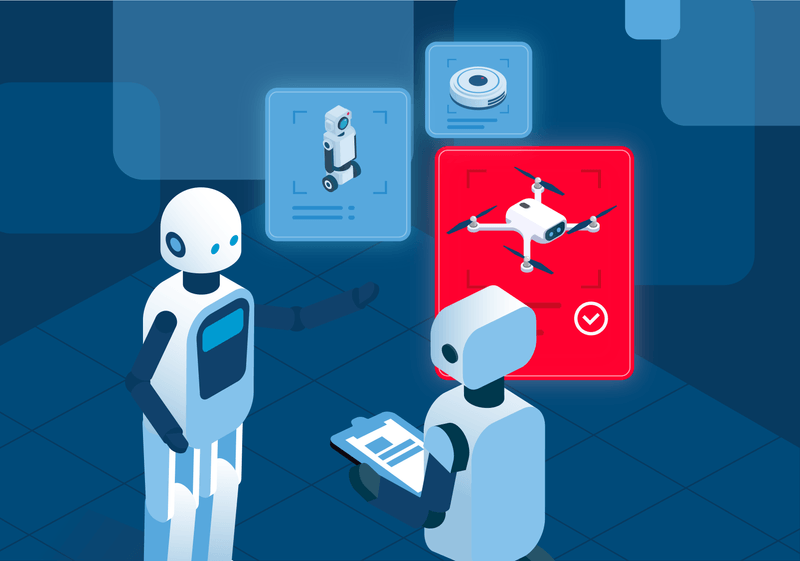
I grew up fascinated by robots. When I was young, I was lucky to be able to attend several summer camps, where I got to code and experiment with basic versions. My degree and masters at Cambridge University (both in mechanical and information engineering) allowed me to deepen and broaden my skills and understanding. So, upon graduation, I was keen to find the right place to start my career in robotics. Slamcore gave me just that and continues to stretch and allow me to develop every day.
At the heart of an exciting sector
I’m a firm believer in the power and importance of robots to help solve many of the problems and opportunities my generation has grown up facing. From climate change to space exploration and from caring for an ageing population to the digitalization of society, robots will be a big part of all of our futures. That’s why I wanted a role and a career at the heart of this exciting sector.
Upon graduation, in the middle of COVID lockdown, I hit the Zoom calls with all sorts of potential employers. Many of my cohort at university went for consultancy jobs or down the route of pure software engineering and coding, but I wanted something different. I wanted to join a team where I could make a difference which drew me to the speed and intensity of the start-up world. Slamcore immediately caught my eye, not only as an acknowledged pioneer and leader in the area of Visual SLAM, but as a start-up with a reputation for employing some of the greatest minds in the sector.
My interview did not disappoint. I met with two leading PhDs whose intellect and insight made for a rigorous but enjoyable encounter. I was excited by the intellectual stimulation but, at the same time, felt valued and supported. I accepted the offer of a role as a Product and Support Engineering Intern. A year in, I moved into a full-time position at Slamcore. I’m still loving every minute.
Working with some of the biggest names
Working with a global customer base and helping them deploy Slamcore’s algorithms to overcome the challenges of mapping, location, and perception in real-world scenarios is constantly fascinating. Our customers include specialist SLAM teams working in some of the world’s most recognizable and influential businesses. At the same time, I also get to work with other fast-moving start-ups focused on using robots to solve critical challenges. The variety of their applications and the technical hurdles we help them overcome mean that no two days are ever the same. For a graduate, it’s a perfect learning environment with lots of opportunities to turn your hand to different aspects of robotics for the real world.
I am generally working on two major projects at any one time and am trusted to manage my time in the best way to accomplish what needs to be done. We are a hybrid company with cool offices in central London, but everyone has the option to work at home. The flexibility and trust given to individuals to decide when they need to come into the office is enormously empowering. With supportive and engaged line managers, I’m also able to ask to get involved in specific areas. For example, I was keen to learn more about the codebase at the heart of Slamcore’s products, so I volunteered for a project involving some C++ programming. Now, some of my work is in the code base, which was exciting. From line managers to senior management, everyone at Slamcore is accessible and ready to help, answer questions, and provide support. I feel I learn so much from my colleagues every day.
Standing at the edge of the metaverse.
Slamcore is scaling rapidly, and with its recent, highly successful funding round, new opportunities are opening all the time. I’ve been able to rapidly build on my academic studies and my interest in computer vision and robotics while getting involved in some cool projects. With innovations like the metaverse expanding the applications and demand for SLAM, I’m excited about what will come next.
From the initial thrill of setting up and calibrating a real autonomous robot to embarking on projects that will shape the future of robots in the world around us, there’s no place I’d rather be.
